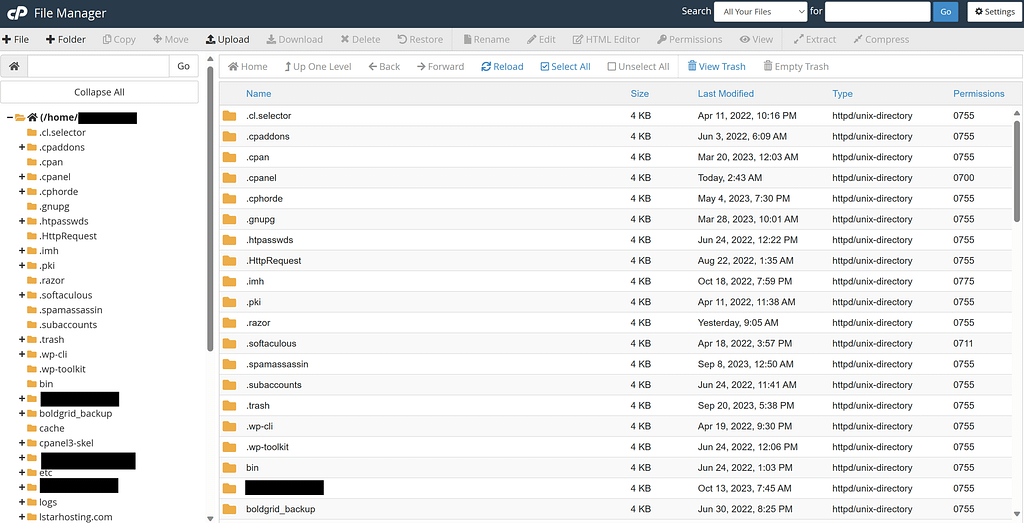Introdusction
Managing your website files is a crucial aspect of maintaining a successful online presence. cPanel’s File Manager is a powerful tool that makes this task easier and more efficient. In this comprehensive guide, we will walk you through the essentials of managing files in cPanel File Manager, from uploading and downloading to organizing and securing your data. Whether you’re a novice or an experienced webmaster, this tutorial will help you navigate the File Manager with confidence.

Uploading Files in cPanel File Manager
The first step to effective file management in cPanel is to upload your files. Whether you’re adding new web pages, images, or any other content, the process is straightforward. To upload files:
- Log in to your cPanel account.
- Navigate to the File Manager section.
- Choose the directory where you want to upload files.
- Click the “Upload” button and select your files.
- Wait for the upload to complete.
Remember to organize your files by creating folders in the File Manager. This makes it easier to find and manage your content.
Downloading Files from cPanel File Manager
Downloading files from your website is equally important. Whether you want to back up your data or share it with others, cPanel’s File Manager makes it easy:
- Navigate to the desired file or folder.
- Select the file(s) you want to download.
- Click the “Download” option.
Your files will be downloaded to your local computer. This ensures you have backups and can easily share your content when needed.
File Management and Organization
A well-organized file structure is essential for efficiency and productivity. In cPanel File Manager, you can create, rename, move, and delete files and folders easily. Here are some organization tips:
- Create specific folders for different types of content (e.g., images, documents, scripts).
- Use descriptive names to identify your files and folders.
- Regularly clean up and delete unnecessary files to save space and enhance performance.
Securing Your Files in cPanel
ecurity is paramount when managing website files. cPanel provides multiple tools to help you keep your data safe:
- Password protect directories to restrict access to certain files.
- Enable hotlink protection to prevent others from using your content on their websites.
- Utilize SSL certificates for secure data transfer.
- Regularly update your cPanel account and server to patch vulnerabilities.
Remember, maintaining strong passwords and ensuring your website’s software is up to date are crucial components of file security.
Conclusion
cPanel File Manager is an indispensable tool for webmasters and website owners looking to manage their files efficiently. Whether you’re uploading, downloading, organizing, or securing your files, cPanel makes the process straightforward.
In the fast-paced world of online business and website management, having a reliable hosting partner is crucial. Consider Lone Star Hosting for your web hosting needs.
With the guidance provided in this article, you are well-equipped to master file management in cPanel File Manager. Keep your website’s files organized, secure, and up to date, and you’ll be on the path to online success.
0 Comments